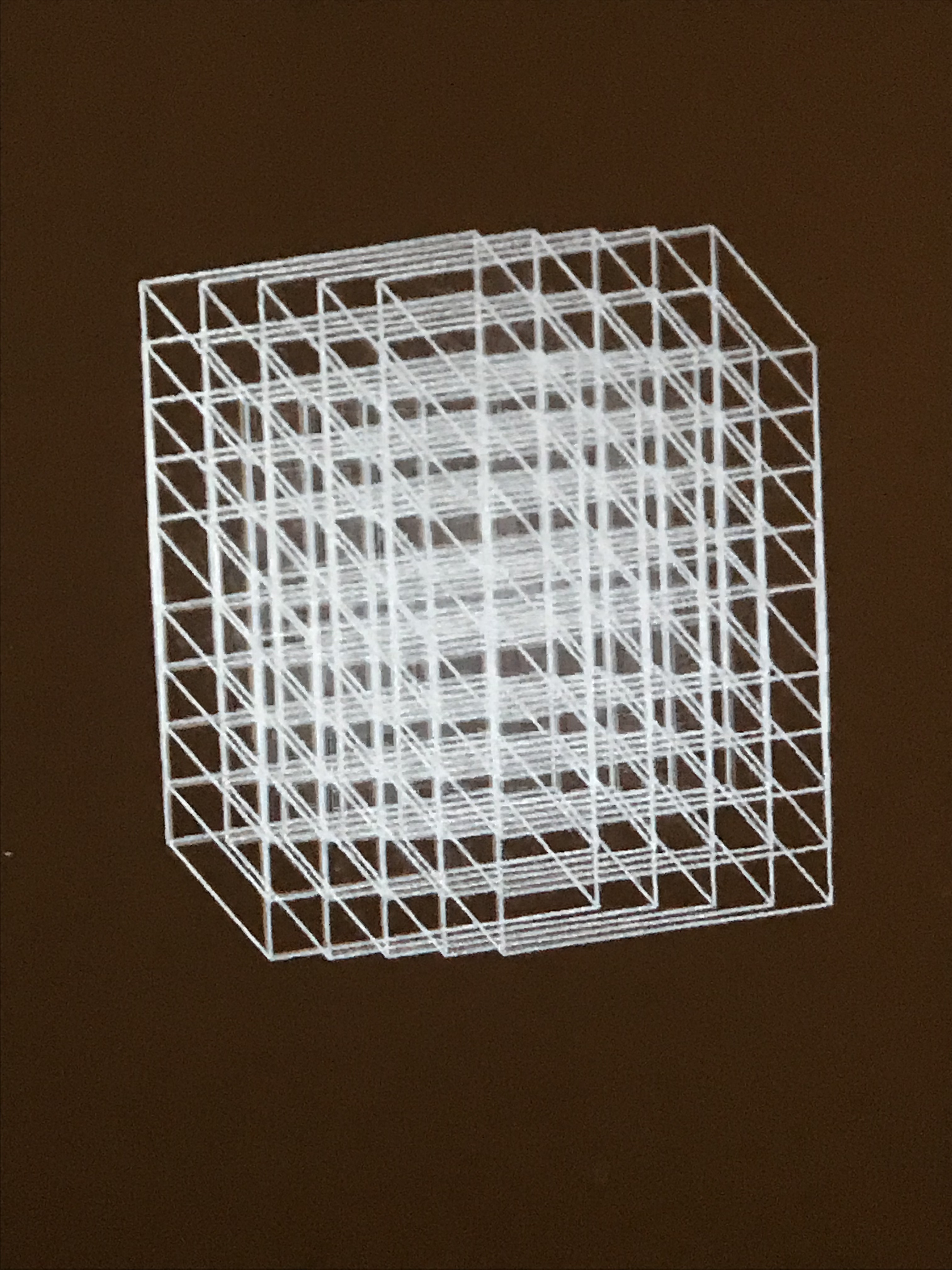
Godfried Toussaint
The Geometry of Musical Rhythm: What Makes a “Good” Rhythm Good? ” is a book on the mathematics of rhythms and drum beats. It was written by Godfried Toussaint, in order to study rhythms mathematically, Toussaint abstracts away many of their features that are important musically, involving the sounds or strengths of the individual beats, the phasing of the beats, hierarchically-structured rhythms, or the possibility of music that changes from one rhythm to another. The information that remains describes the beats of each bar (an evenly-spaced cyclic sequence of times) as being either on-beats (times at which a beat is emphasized in the musical performance) or off-beats (times at which it is skipped or performed only weakly). This can be represented combinatorially as a necklace, an equivalence class of binary sequences under rotations, with true binary values representing on-beats and false representing off-beats.
imagen: Ethan-Hein-blog

